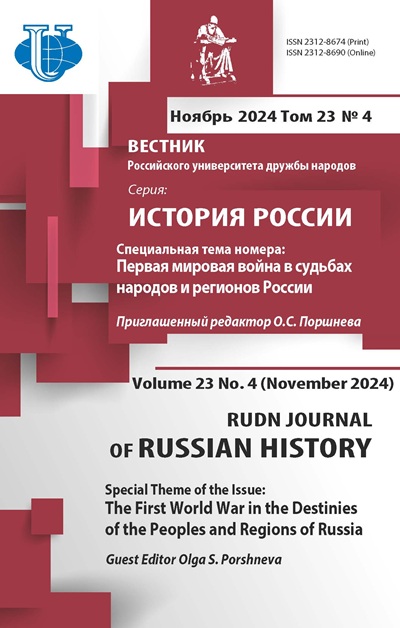Abstract
The presented article shows huge, multifaceted work, which in one of the most important economic districts of the country was carried out by local authorities, directors of large industrial enterprises, public organizations on restructuring into military form of industry of a separate region - Ulyanovsky district of the Middle Volga region. The presented materials help to reveal those mechanisms and organizational reserves, the correct use of which within two years allowed to create the most powerful production cluster in the territory of the deaf, located in the Russian hinterland of the mainly agricultural area. The subsequent work of the newly created Ulyanovsky Industrial District allowed not only to create the most powerful scientific and production center, but also to turn one of the numerous agrarian districts of vast Russia into a regional center. The materials of the article will make it possible to present visually the difficulties that have been overcome by the organizers of new industrial industries, many of which have been evacuated from the western regions of the country, in the face of an acute shortage of workers, production space, electricity and rolling stock. The work of workers, engineering and technical personnel, who in the face of constant disruptions in the supply of the most necessary, semi-hungry existence, acute shortage of housing showed miracles of labour heroic, is shown. It is told about difficult labor weekdays of defense enterprises, examples are given when workers, working in conditions of lush frost, under the open air not only performed, but also exceeded production plans. A huge contribution was made by factory and university science, when scientists and manufacturing inventors could within a few weeks develop a completely new design of a small-scale engine, a new generator, introduce such innovations into the production process, which allowed to significantly increase productivity. The authors also tried to show the restructuring of enterprises already existing in the Ulyanovsky district. They also managed to adapt quickly to difficult military conditions, so improving the production process, which eventually allowed to increase productivity and output volumes of final products. The effectively organized production and educational process allowed enterprises to organize a labor rise among employees, to create an atmosphere that allowed to mobilize rear workers for serious labor achievements. No industrial enterprise allowed any sabotage, provocation by enemy agents, and serious production accident throughout the war.
















